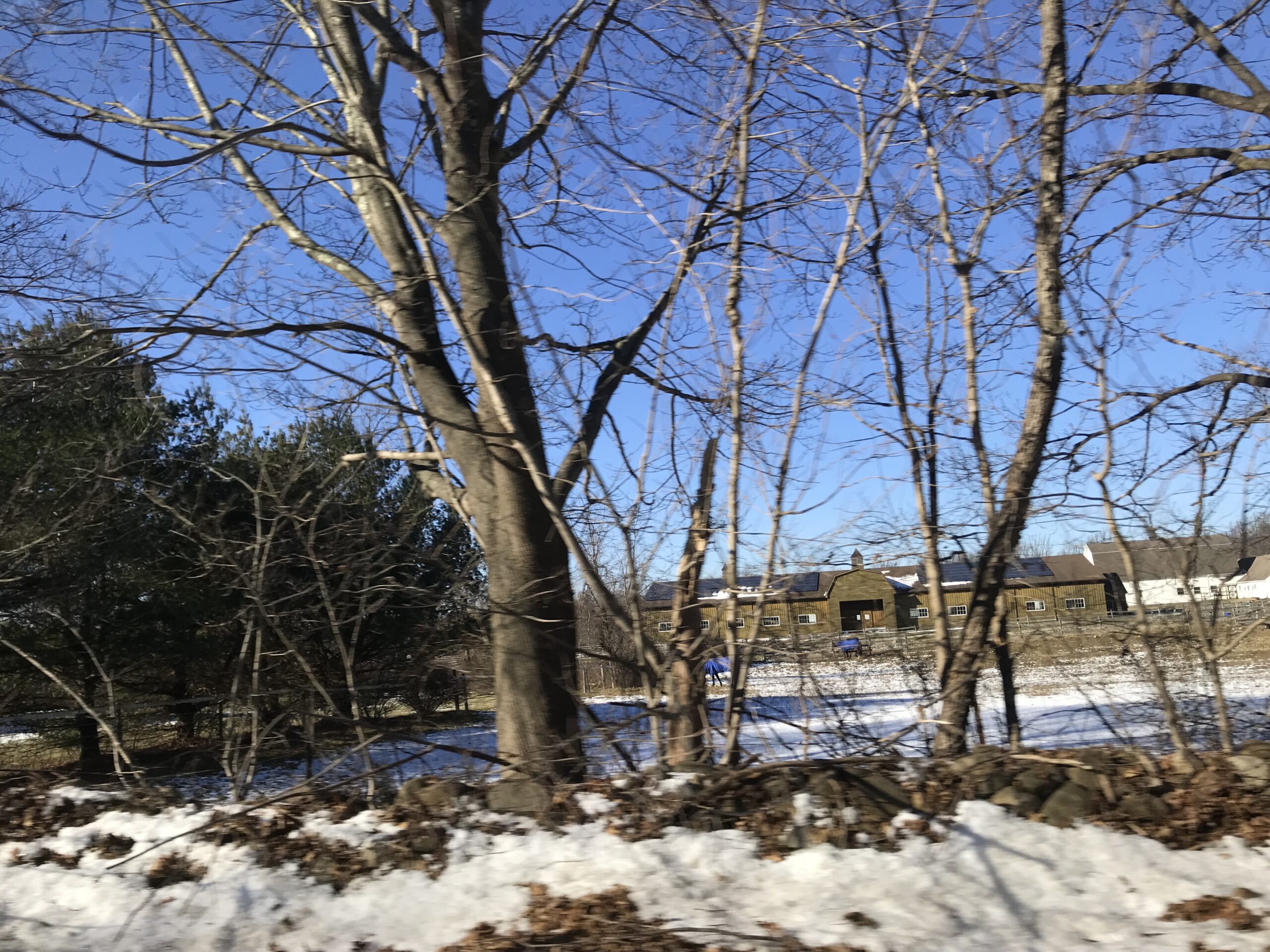Time Story
This story has been revised and updated; a portion archived.

Barn and horses noted in passing. Bethany and Woodbridge.
Stihl. Husqvarna. Briggs & Stratton. Gravely. KIOTI. Mantis. Simplicity. More.
Like a magnet to a refrigerator, he heads straight to the right, machinery. Tractors, log splitter, chainsaws, snow throwers and leaf blowers.
Amish-made goods up front, a made-of-cherry table that is not only beautiful but also made to last. Over here is signage and decor. Candles. Missed this the first visit to Lock, Stock & Barrel Farm Store in Bethany. Weekend, tourist today, visiting and gathering. Ariat paddock boots or muck boots? Ointments, Bag Balm, useful items. Buttery soft gloves for riding, but also practical in many other ways to protect hands. Equine outdoor thermometers. Dog harnesses, pet food of such variety. Treats and toys; yes, including for rabbits. Quality hay.
Supply chain, pandemic. These factors have not affected Lock, Stock & Barrel. In a conversation with Peter La Tronica, a co-owner, he noted that “We order 150 snow blowers a year, they came in fits and starts. Not like normal. One on the lot right now, has hydrostatic drive and people may want a cab, want a specific attachment. Some we can't get them right now.”
And adapting to customers means curbside delivery if they want, or delivery to their desired location (minimum order of course). The base here is regional. “We pull customers from New York, Massachusetts, Rhode Island, Fairfield, Greenwich; regular customers from Ledyard. For snowblowers, nobody could get engines. Motors coming in from China…. waiting to be unloaded. Can't assemble what you don't have….”
The farm store is open and there are the enormous warehouses out back to draw on. If you don't see something on display, ask. The LSB Facebock page is quite responsive; watch for live events and their short demonstration videos.
“People can call in, come into the store. Trying to make all as painless as possible for our community of customers.”
Finnick says, "You look cold. You should probably stop taking pictures and go inside." pic.twitter.com/Ixw1grckOM
— Rebecca Miller (@RebeccaMiller20) January 23, 2022
Pratt Street. https://t.co/2Y9Xl5jN0d
— Moo Dog Press (@MooDogPress) January 31, 2022
